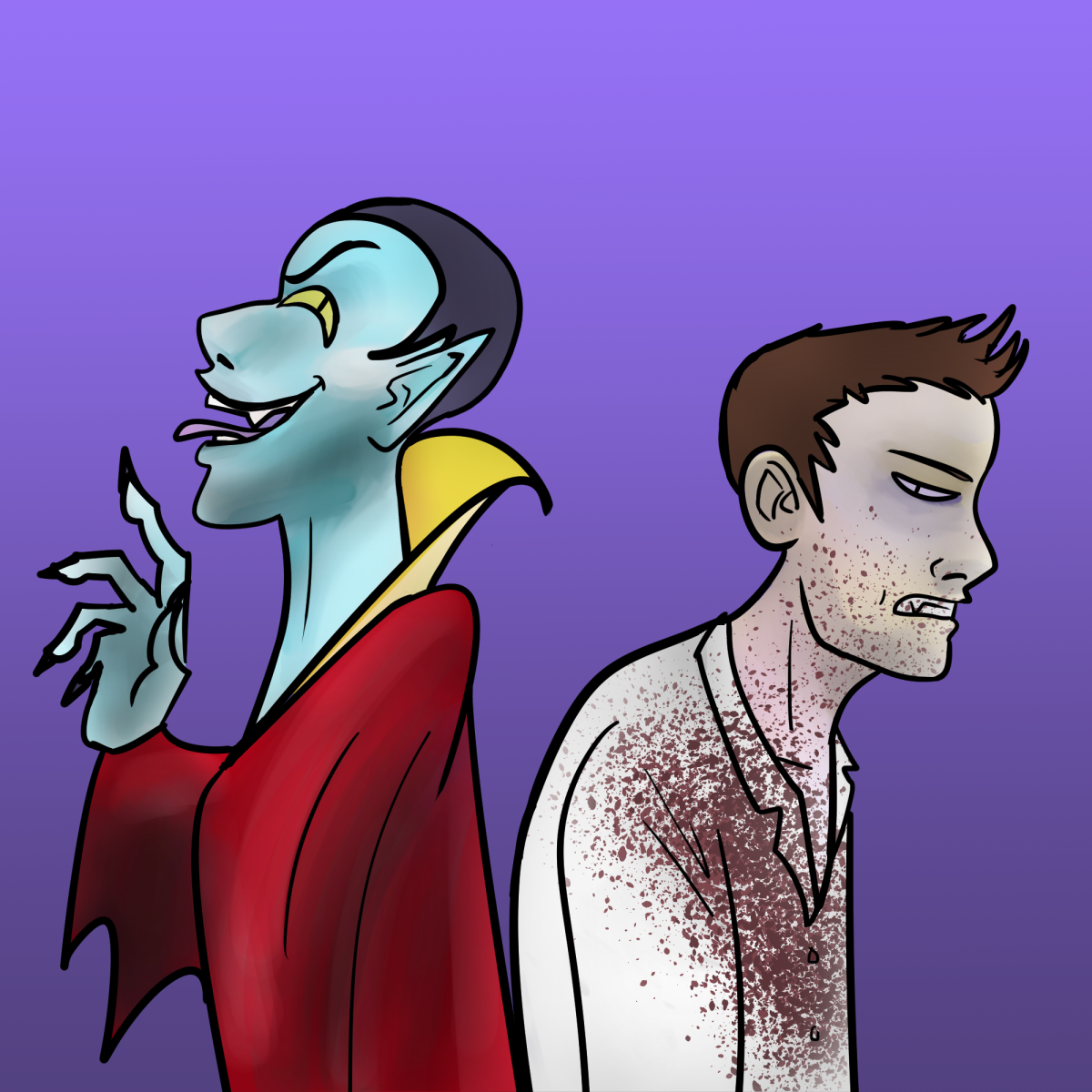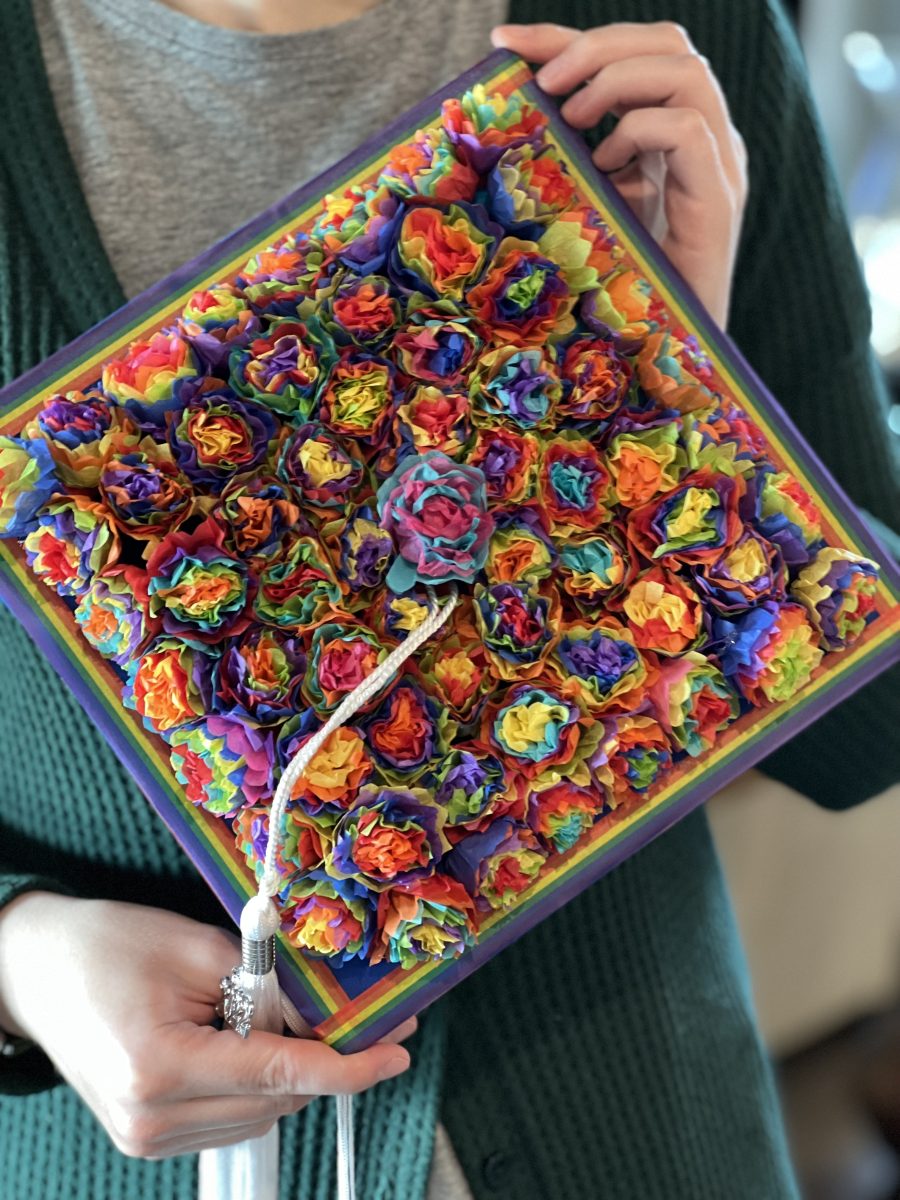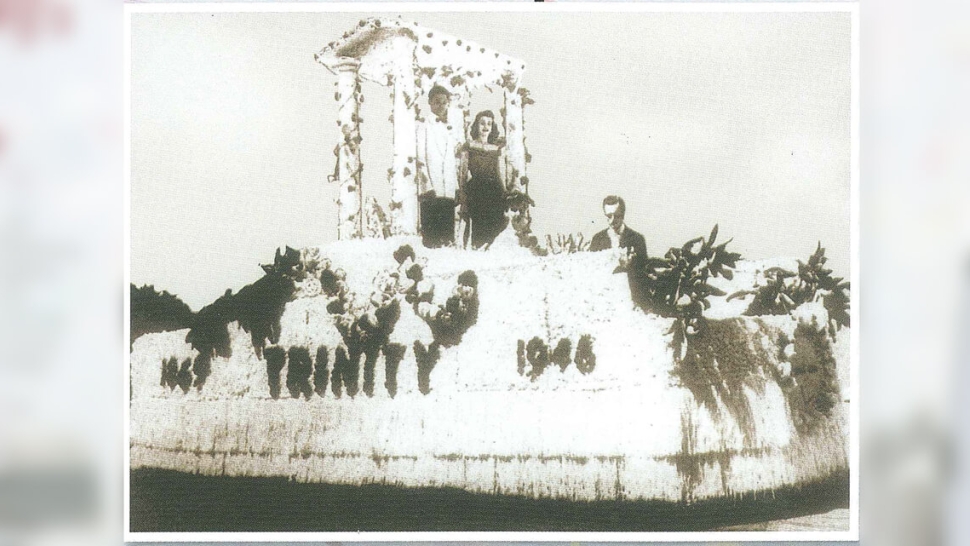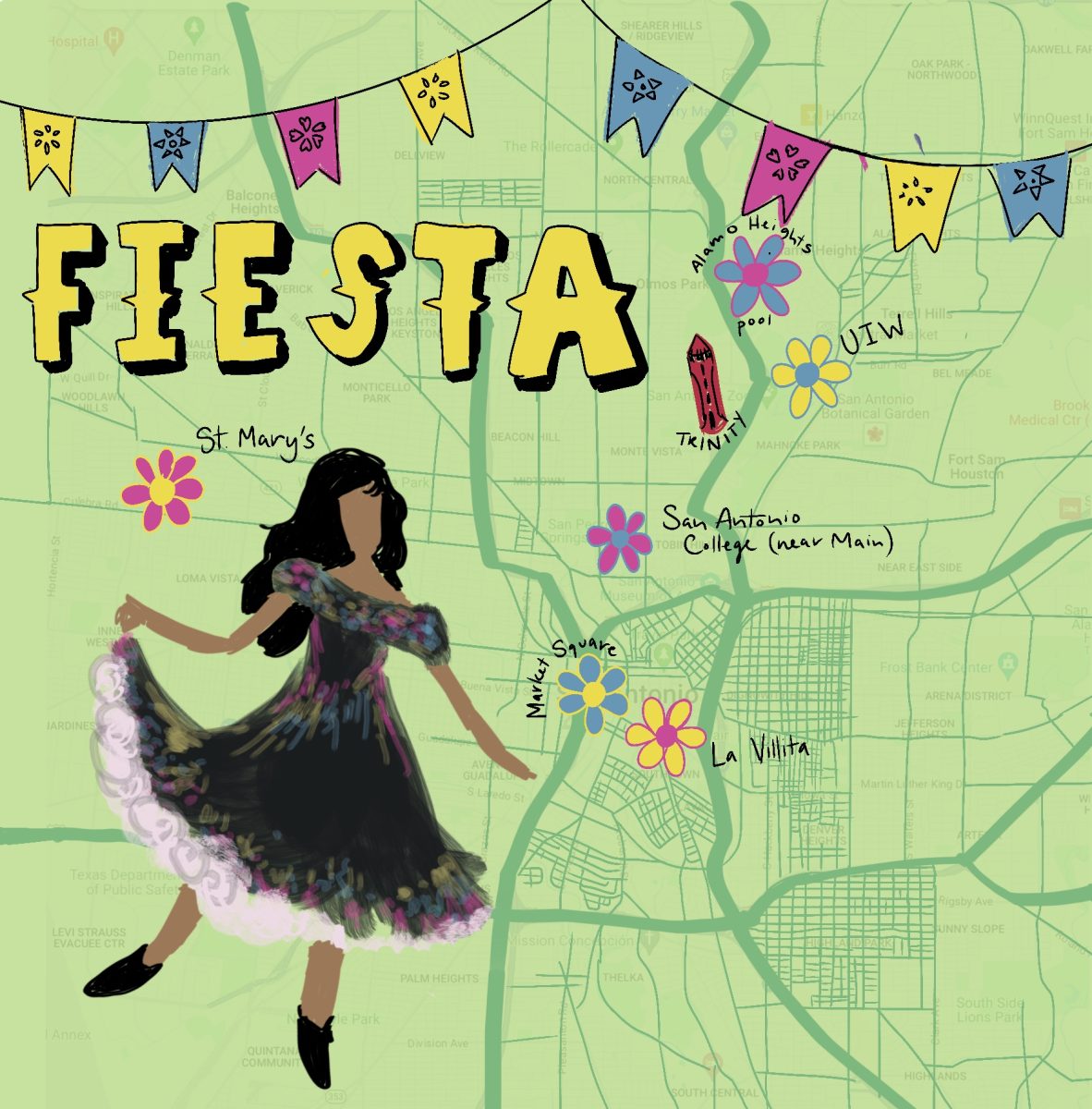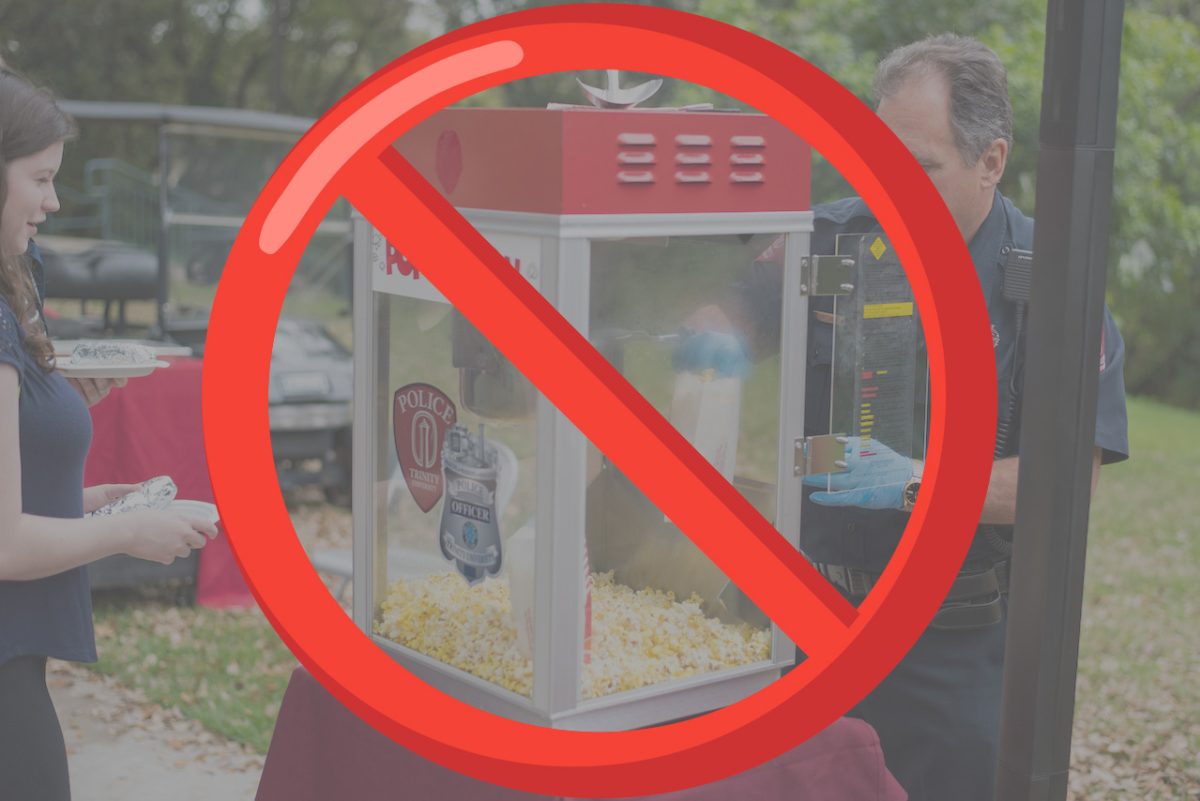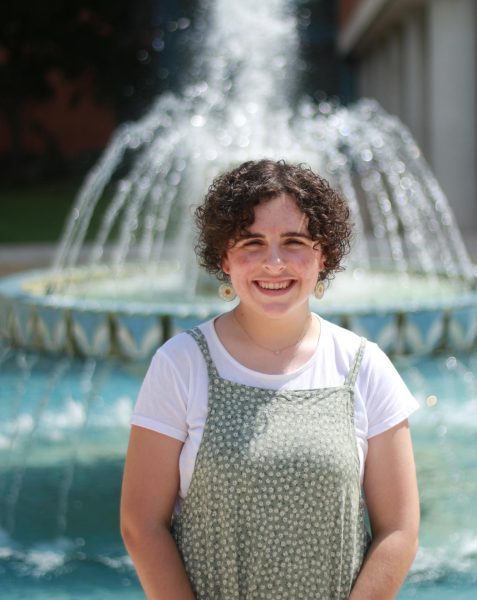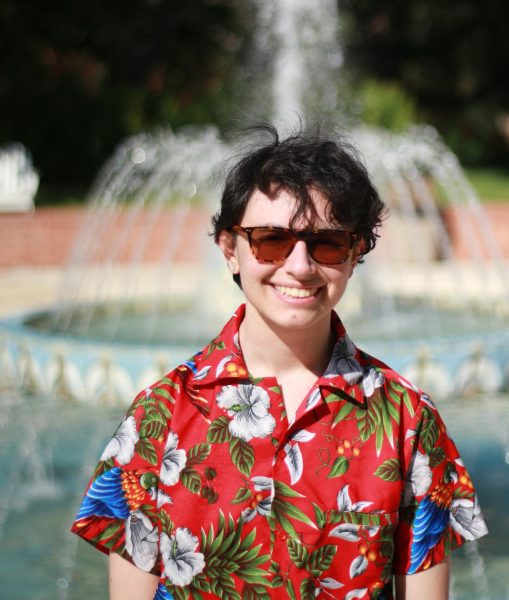Anyone who’s read my article in last year’s Halloween issue or knows what I’m dressing up as for Halloween this year or has just had a few conversations with me will know that I love “Twilight” in all of its overdramatic, campy glory but “Twilight” is far from the only vampire media that I love. A few favorites are the “Castlevania” series on Netflix, the “What We Do in the Shadows” movie and TV show, “First Kill” and “My Babysitter’s a Vampire.” Something about vampires has always appealed to me, drawn me into all of these shows and movies; something frightening but deeply interesting that elevates them above the rest of the Halloween monster crowd.
I certainly can’t say that I’m unique in my vampire affinity, with vampire books, shows and movies coming out constantly — “Interview with the Vampire,” “True Blood,” “The Vampire Diaries,” “Buffy the Vampire Slayer,” not to mention “Dracula” adaptations out the wazoo. Our culture has an undeniable fascination with vampires that has led them to become perhaps the most-adapted Halloween monster out there, as they let us enter into a wish-fulfillment fantasy and grapple with our deep-seated human fears at the same time.
The main answer you’d probably see if you looked up “why are vampires so popular?” is sex appeal, and that’s indisputably part of it. That’s been part of the appeal of vampires for a long time, as writers paint vamps as suave, mysterious and often beautiful, and bloodlust tends to read pretty similar to plain old lust. Gothic-era vamps often seduced women as part of their evil actions, and now that vampires have the chance to be morally good, or at least morally gray, and thus get to act as love interests the audience is supposed to root for, the sex appeal angle has gotten even stronger. However, the vampire fascination goes deeper than that.
Vampires, like all monsters, emerged as the expression of cultural fears and anxieties. The origin of vampire mythology goes back centuries, with stories of undead, blood-drinking creatures found in the folklore of many different cultures. These proto-vampires often represented, of course, fears of death, cannibalism and the unknown, but also diseases that were not yet properly understood. As these creatures developed further, vampires became representative of fears of deviance from society — sexually, culturally and religiously.
It is precisely the fears that inspired the creation of the vampire as we know it today that have made them speak to the human psyche in a unique way. Vampires are othered, pushed to the edge of society, and they often must hide their true nature to try to blend into society. They have to struggle with the fact that the only way they can survive is to feed off the lives of others. They play to our curiosity about death and the intrigue of immortality. Essentially, they strike a perfect balance between facinating, relatable tragedy and wish fulfillment.
The otherness of vampires has helped those who have felt “othered” grow to relate to them, to find humanity in their monstrosity. In particular, many members of the queer community feel a sort of connection with vampires, knowing what it feels like to be treated as a sexual deviant by society. The “lesbian vampire” trope has existed in pop culture since 1871’s “Carmilla” and came from a place of panic over the threat of female sexuality. While, on the one hand, presenting lesbianism as evil was certainly bad, if not overtly harmful representation, it was one of the few places of representation out there for a while, so it’s no wonder that the queer community would have empathy for vampires.
Nowadays, we’re somewhat more willing to engage with the fears that vampires represent, and our vampire media allows us to explore what has always been fascinating about these creatures. Not only can we work through questions about what happens after death and what it would be like to be immortal, but we can see ourselves in their struggles within society. Even though vampires are still often tragic figures, we now get the opportunity to see what happy endings can look like for vampire tales, giving a little bit of hope to the vampire in all of us.

